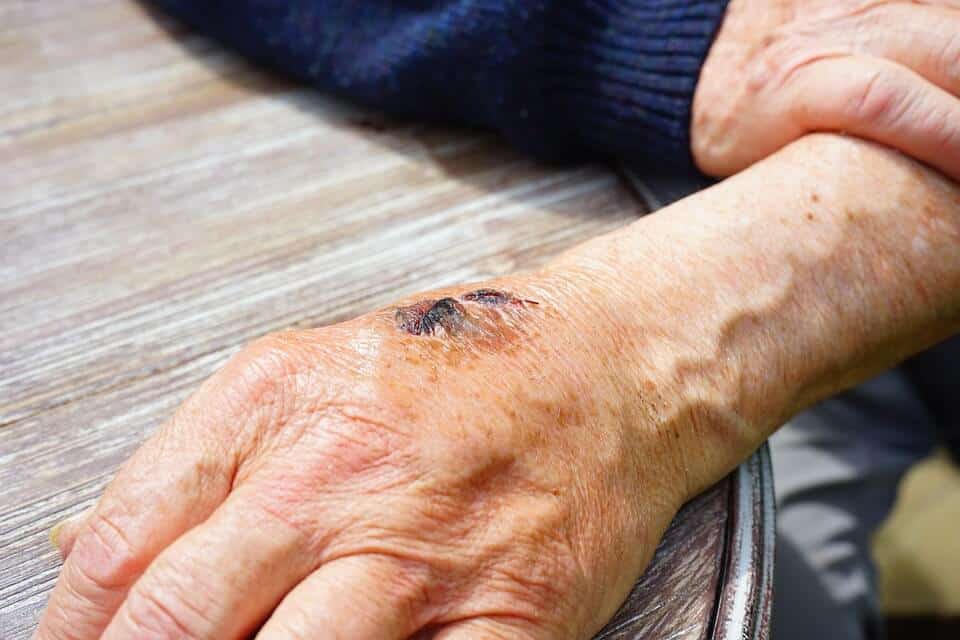The Use of Casting to Improve Outcomes of Diabetic Foot Ulcers
by Dr. Andrew Pulgiese
In January of this year, a gentleman came to the Emory University Wound Care and Hyperbaric Center at Johns Creek for treatment of a diabetic foot ulcer on his right foot. The ulcer had begun 9 months earlier after a blister had formed on the lateral aspect of the right foot. Within a short period of time, the blister had created an ulcer, which progressively worsened. Despite antibiotics orally and a shoe designed to off-load the ulcer, the wound continued to worsen.
On his initial visit, DNA analysis of the wound showed that it was infected with both MRSA and Enterobacter. He was started on intravenous Teflaro at 300 mg twice a day, due to renal insufficiency. He had recently had a vascular evaluation, and it was determined there was no problem with blood flow. Evaluation by the staff podiatrist revealed that the bone could be easily probed, clinically giving the patient the diagnosis of osteomyelitis, and hyperbaric oxygen therapy was initiated.
In addition to everything that was being done, it was also decided that the patient should have the right foot cast to immobilize the right ankle joint. By immobilizing the ankle joint, we completely eliminated any sheer force or friction of the ulcer and allowed it to heal. EZ cast is a simple cast that has a one-week lifespan and can be put on very easily in the office. Once secure with a walking boot, the patient can ambulate quite freely.
Unfortunately for this patient, because of his work schedule, he could not continue hyperbaric therapy. He was, however, able to continue casting of the foot. It was completely healed within 3 months.
This may not seem like a significant number of patients. However, when you take into context the increase that we are seeing – not only in the United States but throughout the world – out of the number of patients with diabetes, that 15% becomes quite significant. Of those diabetics that form ulcers, approximately 84% of them will eventually have the limb amputated.
In the treatment of diabetic foot ulcers, it is my belief that it is necessary to use a multidisciplinary approach to help in the cure of diabetic foot ulcers, thereby reducing the number of amputations we are seeing. As with all diabetic foot ulcers, it is necessary to have excellent glycemic control, adequate circulation and minimal bio-burden due to bacterial infections. Casting foot ulcers immobilize the ankle joint and reduce shearing force and friction that plagues the ulcer. This can help in reducing the time to heal, improve outcome, and reduce the number of amputations.



